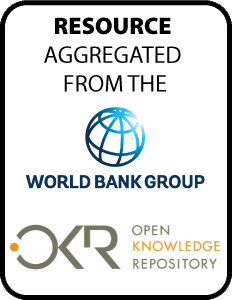Learning from the Past : India Uttar Pradesh Sodic Lands Reclamation Project
India's Uttar Pradesh Sodic Lands
Reclamation Project has two objectives. First, it seeks to
reverse the decline of productivity through sustainable
reclamation of sodic lands. Second, it is intended to
prevent additional increases in sodicity through
strengthening local institutions and enabling effective
management of such programs with strong beneficiary
participation and nongovernmental organization (NGO)

